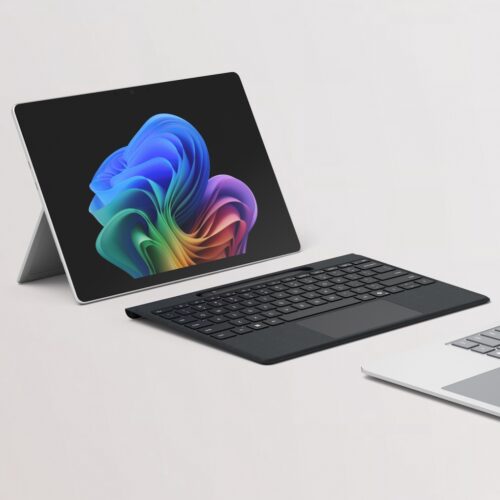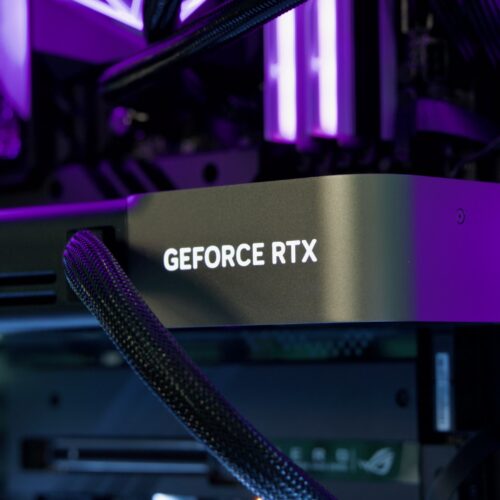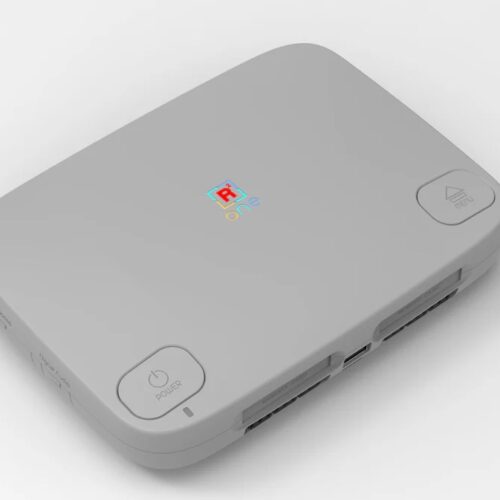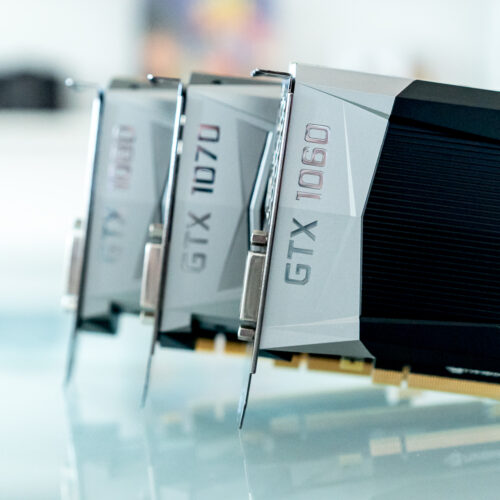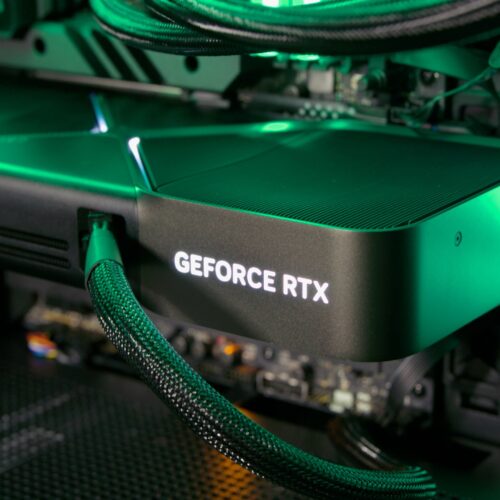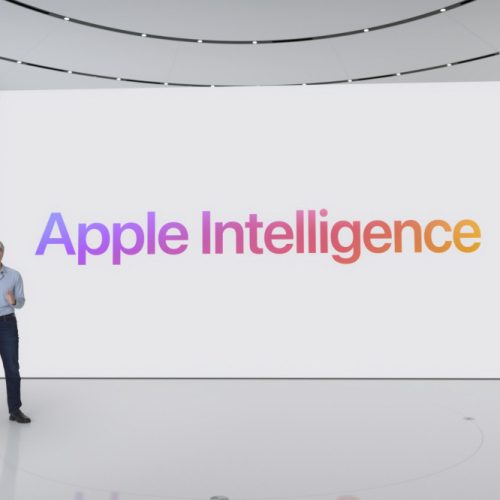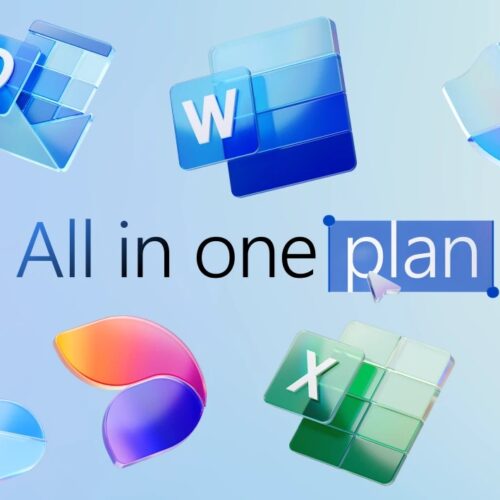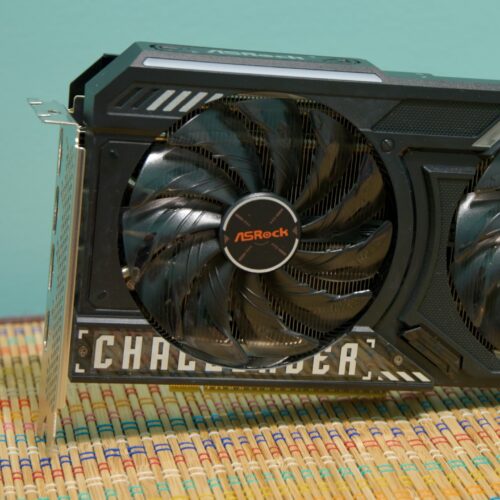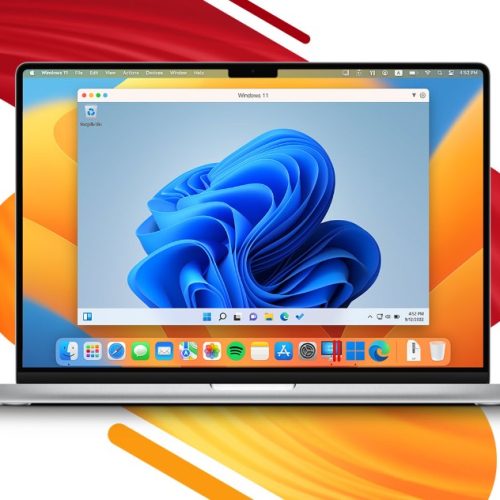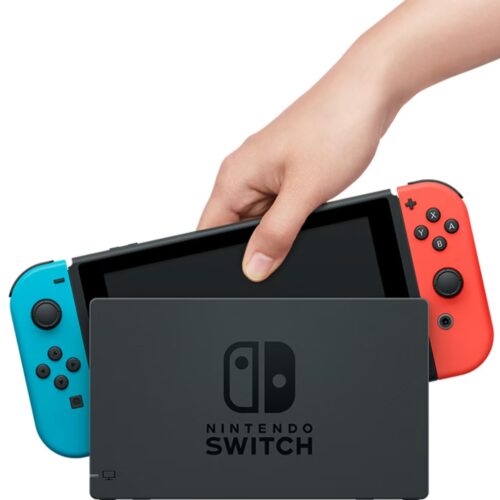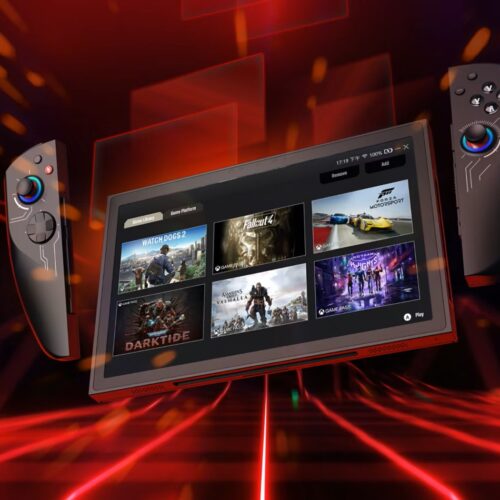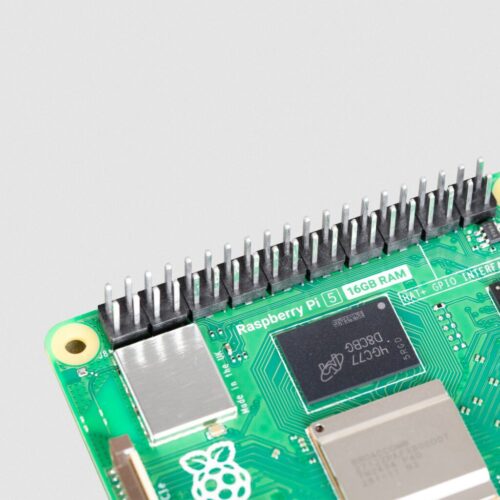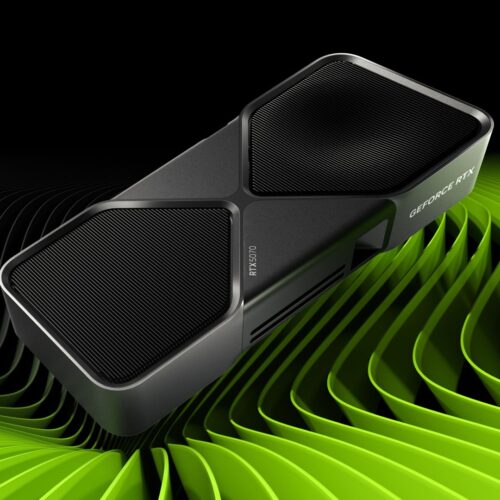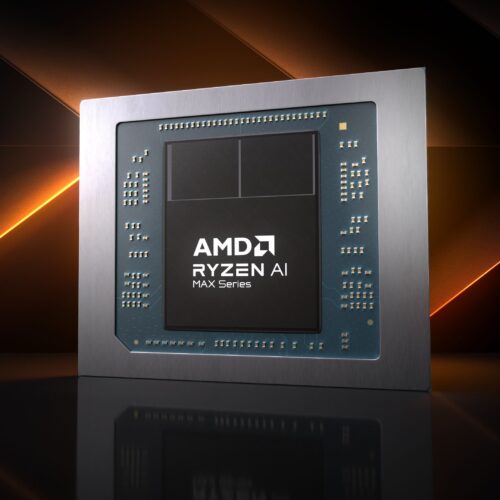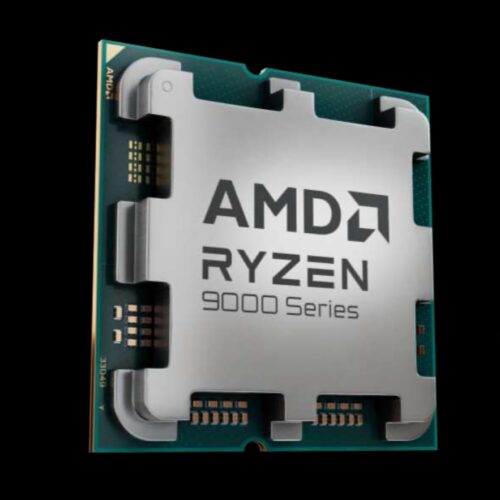I agree with OpenAI: You shouldn’t use other peoples’ work without permission
ChatGPT developer OpenAI and other players in the generative AI business were caught unawares this week by a Chinese company named DeepSeek, whose open source R1 simulated reasoning model provides results similar to OpenAI's best paid models (with some notable exceptions) despite being created using just a fraction of the computing power.
Since ChatGPT, Stable Diffusion, and other generative AI models first became publicly available in late 2022 and 2023, the US AI industry has been undergirded by the assumption that you'd need ever-greater amounts of training data and compute power to continue improving their models and get—eventually, maybe—to a functioning version of artificial general intelligence, or AGI.
Those assumptions were reflected in everything from Nvidia's stock price to energy investments and data center plans. Whether DeepSeek fundamentally upends those plans remains to be seen. But at a bare minimum, it has shaken investors who have poured money into OpenAI, a company that reportedly believes it won't turn a profit until the end of the decade.


© Benj Edwards / OpenAI

